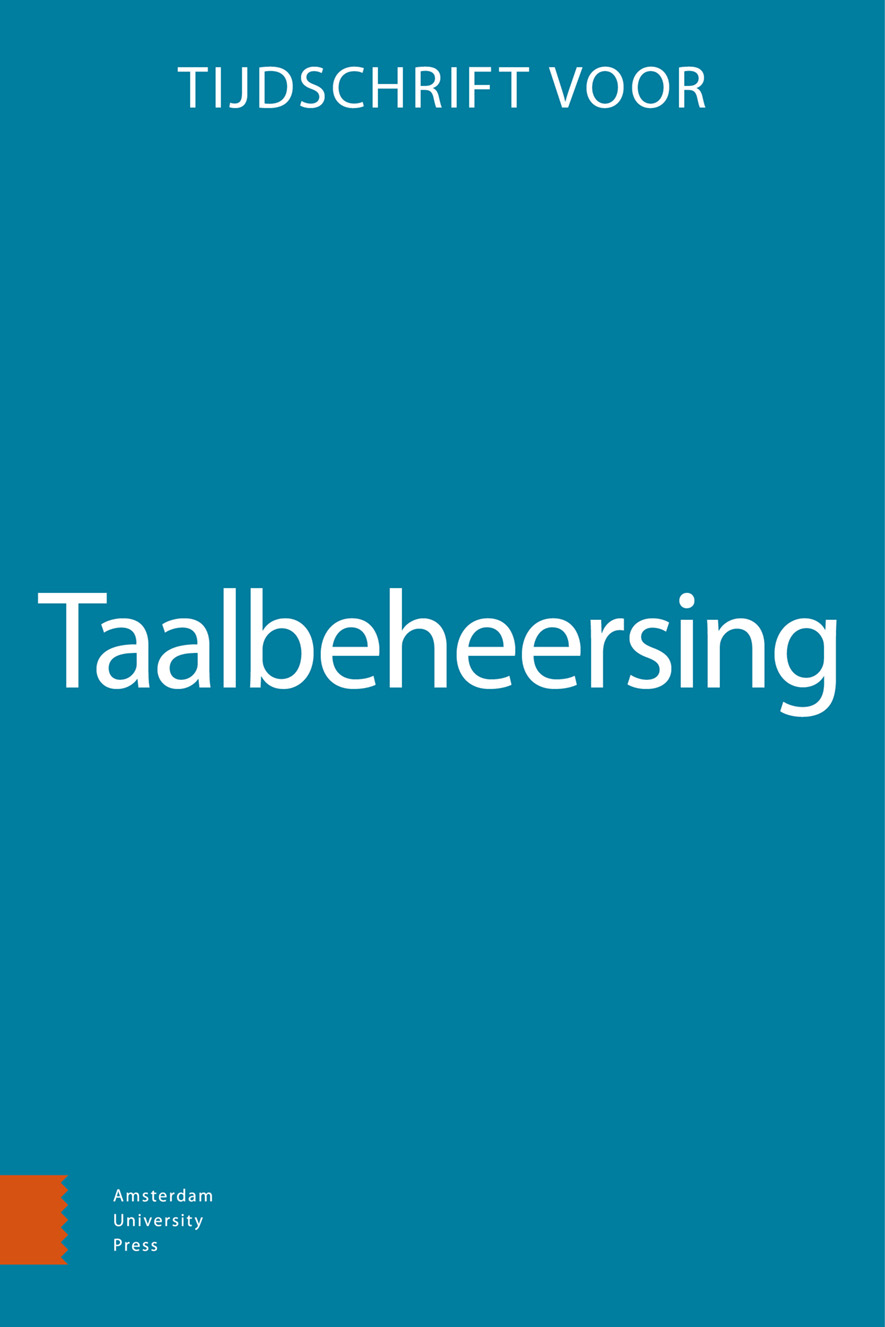-
oa De persoonlijke aanval als wezenlijk kenmerk van het parlementaire debat
Een analyse aan de hand van de geschiedenis van ‘onparlementair taalgebruik’ in de Tweede Kamer
- Amsterdam University Press
- Source: Tijdschrift voor Taalbeheersing, Volume 42, Issue 2, Jul 2020, p. 169 - 187
-
- 01 Jul 2020
Abstract
The Personal Attack as Essential Characteristic of Parliamentary Debating. An Analysis on the Basis of the History of ‘Unparliamentary Language’ in the Dutch Lower House
Personal attacks abound in Dutch parliamentary history. This article considers personal insults and character attacks as an intrinsic part of parliamentary debate. But how widespread is the phenomenon? What forms of ad hominem arguments can be distinguished in the history of Dutch parliamentary debate? When and to what extent do parliamentarians deem the abusive attack acceptable? Drawing on a rich source of language ruled to be unparliamentary in Dutch parliament from 1934 until 2001, the article will reflect on the complicated nature of personal attacks within the context of parliaments: often condemned as indecent, yet appreciated as a cunning debating strategy.


